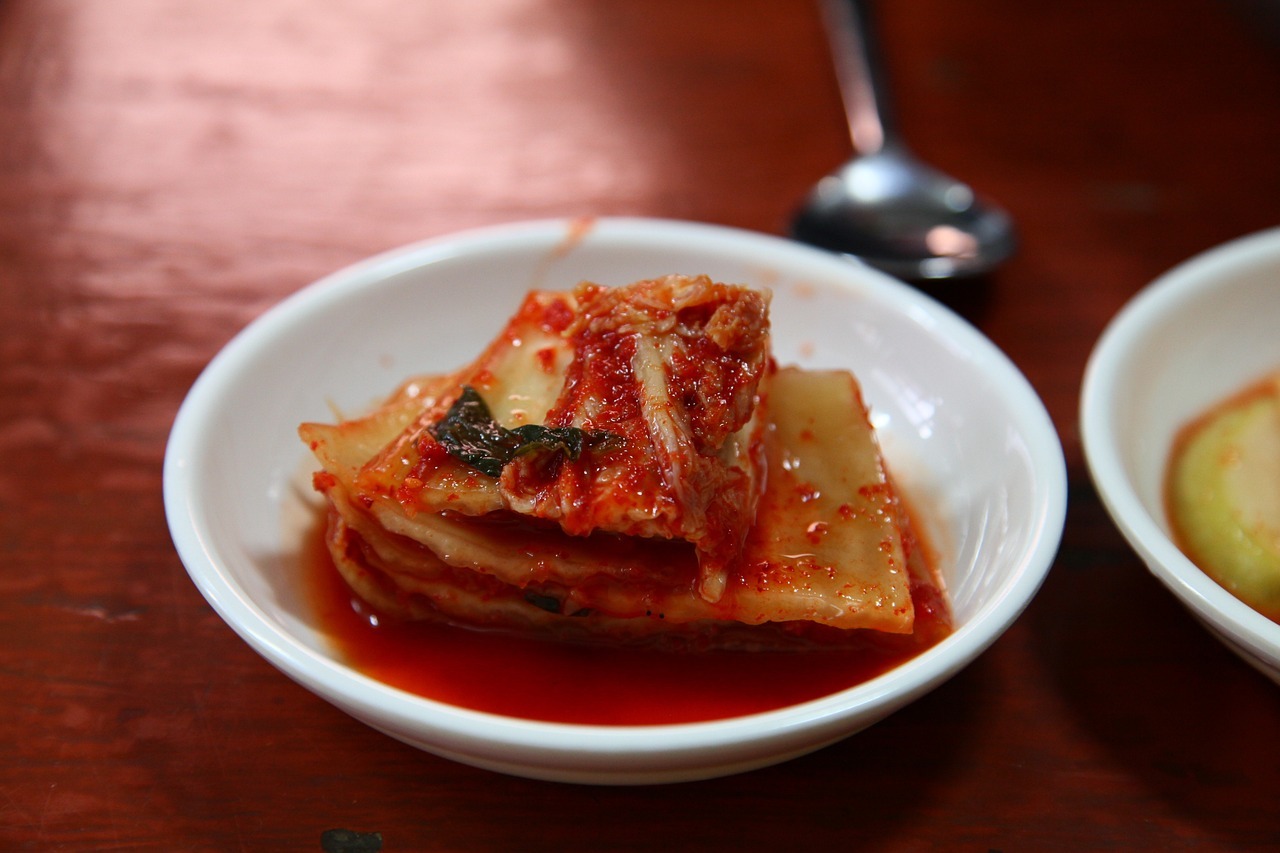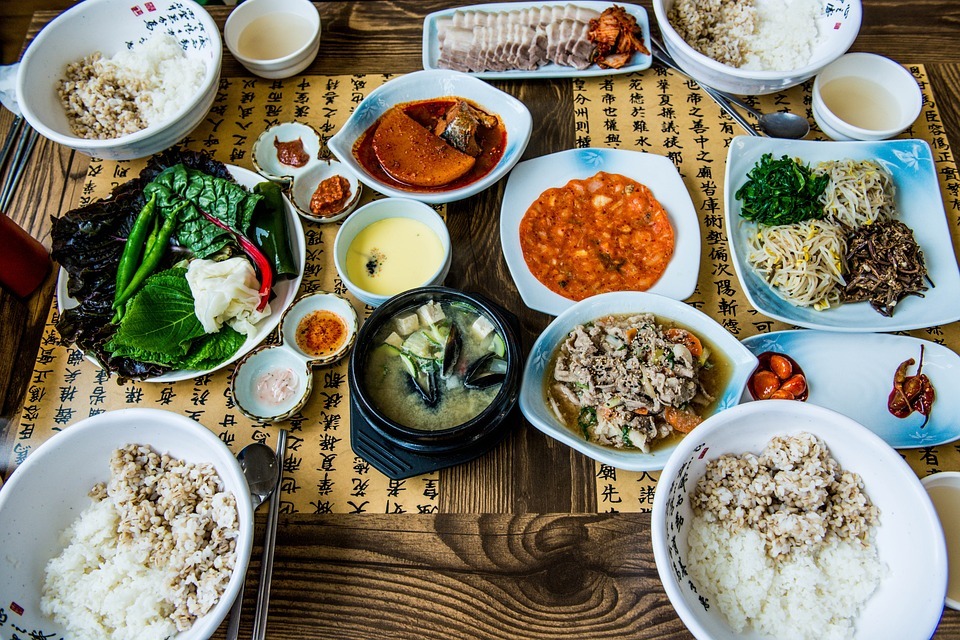Korean cuisine is highly regarded as one of the most beautiful cuisines in the world not only because of the amazing appearance of its food but also because of its close ties to the country’s culture. The different dishes in Korea were created with its culture in mind, which is why the dining etiquette and the “Royal Court cuisine” is still alive and being followed today by Koreans and even by tourists that want to know more about the culture of the country. Here are some of the major aesthetics of Korean Cuisine
Dining Etiquette
The common dining etiquette in Korea is believed to have been created during the Joseon period and has ties with the philosophies created by Confucius. It is a known fact that Confucius has also created some rules in regards to dining, and some of those rules that the Koreans have adopted in the past were: not eating while the sauces are yet placed properly on the table, eat fresh and local ingredients, and know where your food came from.
In a traditional setting, each diner will be given a small table called “bapsang,” wherein every dish and utensil will need to fit. The setup of the table is another important aspect of dining that is observed by Korean. It is essential that the rice bowl should be located from the diner’s left, and then it should be followed by the spoon and then the pair of chopsticks. Hot dishes like soup and stew are served to the right of the diner, while cold dishes like kimchi are served to the left near the rice bowl.
In this setting, spoons are not allowed to make a crashing sound on the plates or in the bowls, which is supposed to be an irritating sound while dining. In addition, it is not allowed to blow your nose while eating, as this could be seen as disrespectful not only to the food but also to other people that are eating with you.
It is commonly known that the eldest male would always be served first on the table, and it is disrespectful for the youngest or any diner on the table that is not the eldest to pick up a pair of chopsticks first before the eldest. The eldest people at the dining table should always eat first or take a first bite of the food before the youngest. In regards to drinking alcohol, the youngest or any diner that is not the oldest should face away from the eldest male while drinking alcoholic beverages.
Most of these rules in dining regarding the eldest and the youngest have become lax over the years, as some Koreans don’t really follow the rules anymore since they would often dine at the same time regardless if one is older or younger. Conversations while dining, wherein the people that are eating are not supposed to talk to each other, is another rule that has become lax, as the modern Koreans would tend to use eating with friends and family members as a way to connect with their loved ones. Thus, conversations have become quite common in dining.
Korean Royal Court Cuisine
The Korean Royal Court cuisine, also known as “Joseon Wangjo Gungjung yori,” is the traditional Korean cuisine that was eaten by the royalty and the elite during the Joseon dynasty from 1392 to 1910. Today, this traditional cuisine can be eaten not only by the average Korean person but also by tourists that want to try its unique flavors.
The dishes for the Royal Court cuisine are served in three large tables in a setting called “surasang,” wherein the largest round table contains the main dishes like soups and stews, the smallest round table contains dessert, meat broth, tea, and empty bowls for guests, and the rectangle table has the condiments, sauces, and raw vegetables. Besides the three main tables, there is also a smaller table that has a hotpot heated using charcoal.
There are hundreds of different dishes that are usually served in the Royal Court cuisine, and these dishes are divided into different categories. Here are some of the common dishes found in today’s Royal court cuisine:
- Sura – a bowl of boiled rice. In a traditional setting, two kinds of boiled rice are served on the large round table.
- Juk/Mieum/Eung-i – types of rice porridge served for the royalty in the morning.
- Mandu – steamed or boiled dumplings served as side dishes.
- Guksu – noodles made from buckwheat or wheat flour, although buckwheat is the most preferred during ancient times.
- Jeongol – the hotpot filled with meat stock, vegetables, and mushrooms.
- Saengchae – a type of salad that contains soy sauce, mustard sauce, or vinegar.
- Tteok – a Korean name for rice cakes that are usually served as desserts.
Following the Korean dining etiquette and tasting the different dishes of the Royal Court cuisine will truly make you appreciate the beauty of Korean food, as you will be deeply immersed in the food culture of the country that still remains alive even during modern times. If ever you visit South Korea, make sure that you try the Royal Court cuisine in various restaurants around the country, but don’t forget to follow proper dining etiquette while eating.

